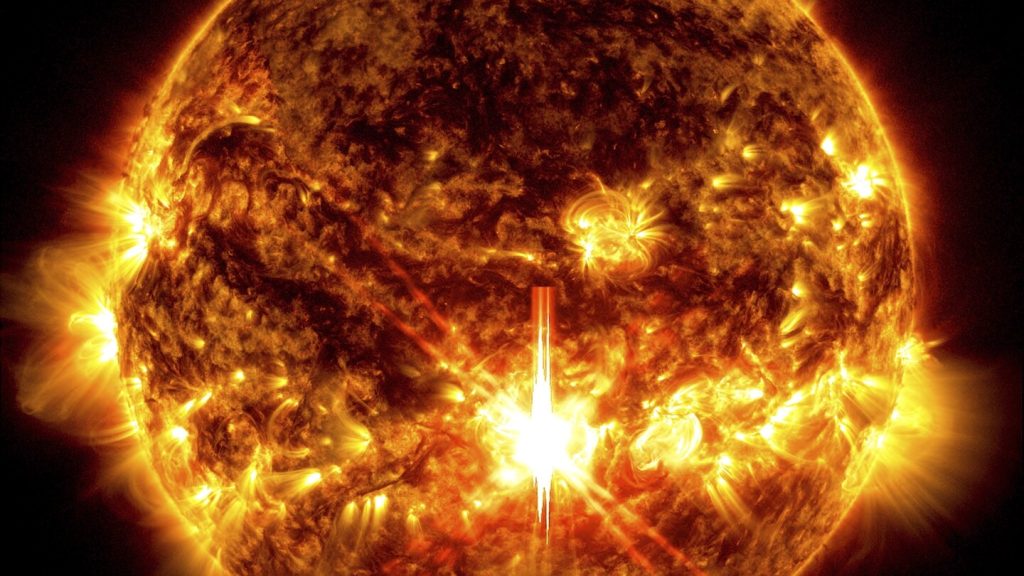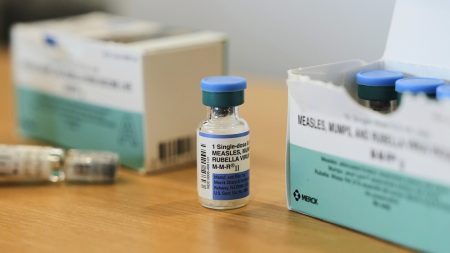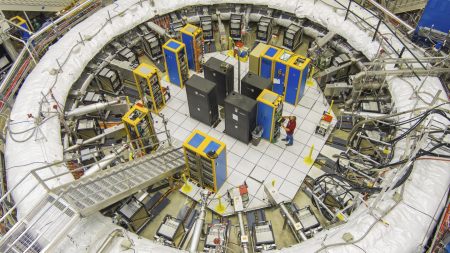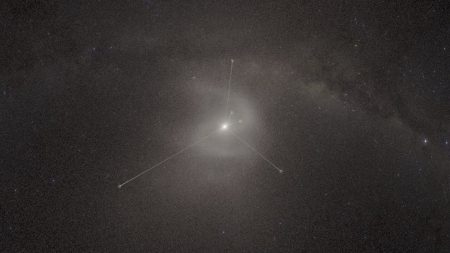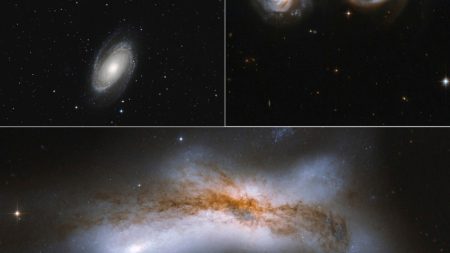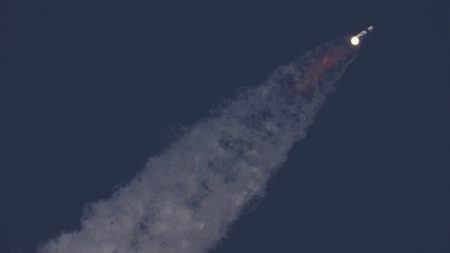A severe solar storm is expected to reach Earth soon, coinciding with the ongoing crises from devastating hurricanes that have impacted the U.S. The National Oceanic and Atmospheric Administration (NOAA) has issued a severe geomagnetic storm watch from Thursday to Friday following intense solar activity detected earlier in the week. Forecasters warn that the storm could potentially disrupt power supplies and radio signals temporarily, heightening the stress on already strained power grids dealing with the aftereffects of Hurricane Helene while preparations are underway for Hurricane Milton, which is tracking toward Florida. While this solar storm is unlikely to be as severe as the one recorded in May, which was the strongest in over two decades, the true impact will only be confirmed once it comes within a million miles of Earth, allowing for precise measurements by orbiting spacecraft.
According to NOAA scientist Rob Steenburgh, Florida should remain relatively safe from any significant power disruptions induced by the solar storm, provided that its intensity does not escalate. Steenburgh notes that this offers some reassurance, emphasizing the goal of NOAA’s warnings: to prepare power plant operators and other stakeholders for potential challenges ahead. The agency has taken action by notifying power facilities and spacecraft operators to implement necessary precautions. Notably, concern is more focused on regions previously affected by Hurricane Helene, where the combination of solar storm effects and hurricane damage could complicate recovery efforts.
The impending solar storm may also bring a natural light show, potentially allowing residents in the lower Midwest and Northern California to observe northern lights that are usually confined to more northern latitudes. NOAA encourages skywatchers to use smartphones to photograph these events since mobile devices can capture the auroras even when the human eye might struggle to see them. In May, a previous solar storm resulted in spectacular auroras across the Northern Hemisphere without causing any major disruptions, demonstrating that while solar storms can have dramatic visual effects, they do not always correlate with severe terrestrial impacts.
This phenomenon of increased solar activity comes as the sun nears the peak of its 11-year solar cycle, which is marked by heightened solar emissions and magnetic turbulence. The heightened activity results in a greater frequency of solar storms and accompanying geomagnetic phenomena. As the sun continues to exhibit this cycle, awareness and preparedness for any potential impacts become increasingly necessary—especially as other natural disasters, like hurricanes, pose additional risks to affected areas.
In light of these developments, NOAA has increased its collaboration with various emergency management agencies, including the Federal Emergency Management Agency (FEMA), to prepare for potential disruptions. With Hurricane Helene’s aftermath still causing upheaval and Hurricane Milton approaching, the coordination between agencies aims to mitigate risk and ensure a swift response to any emergent issues stemming from both the storms and the solar activity. The intersection of these natural events underscores the complexity of managing disaster response in the face of multiple simultaneous challenges.
Amidst this backdrop, the public is advised to stay informed about both the solar storm and hurricane conditions, taking precautionary measures as necessary. The ability to monitor the solar activity’s impact provides an unprecedented opportunity for understanding and preparing for these types of natural events. Furthermore, the excitement surrounding the possibility of auroras can offer a unique silver lining during challenging times, allowing individuals to engage with nature’s wonders even amidst adversity. As governments and organizations brace for the impacts of both solar storms and hurricanes, the focus remains on enhancing readiness and fostering resilience in communities across affected areas.




